a story

01.
how it all
began

During the lockdown in the Corona pandemic, my life partner and I came up with a crazy idea.
We have over ten years of experience of living in and designing different mobile home concepts. We love the freedom and independence of living as nomads in a high-quality environment. So we thought, why not look to the hermit crab as our mobile home hero ? We have always admired how it carries its home with it and lives harmoniously with other hermit crabs. That’s why we wanted the concept’s name to reflect that.
The idea was to create a mobile home, like a huge Louis Vuitton suitcase, that you can take anywhere in the world and feel comfortable in. Whether in the desert or on snowy mountains, at a festival like Burning Man, or even in Ibiza – this home could accompany us everywhere.
Definitely a crazy idea, but we realized it according to our own vision.
02.
transport
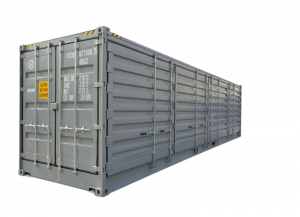
Now how can one transport a mobile home anywhere in the world?
This can only be done with a sea container, which is also treated as such.
For our concept wee chose a 40-foot high cube sea container with a completely open side. This type of container has a very sturdy base frame and by opening the doors, light and air can be brought into the container.
The challenge is now to transform this sea container into a hotel room that operates completely independently from the outside world and leaves no footprint.
And then the house should also be able to be shipped like a regular sea container on top.
03.
international regulations
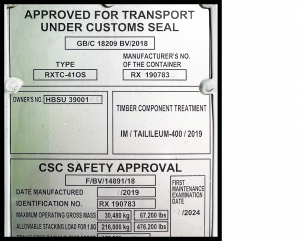
Nothing works without a csc plaque.
For this, the container must comply with international regulations.
The basic structure of the container must not be modified or altered on the exterior walls or the chassis frame.
The container must meet fire regulations for maritime transport on container ships.
This is important both for the construction limitations of the container home and for the deactivation of energy systems prior to sea transportation.
04.
the slide-out
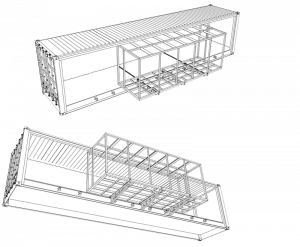
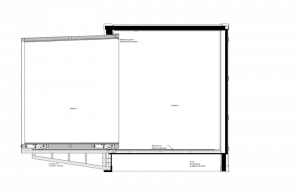
A sturdy slide-out as expanded living space
the slide-out cage
The 6x2x2 m slide-out cage runs on steel rolls and the support beams are held by only two bolts and a brace attached to the container frame.
extend and retract
Using a spindle drive powered by a cordless drill, the slide-out cage can be extended and retracted from the container chassis.
extended position
In the extended position, the cage is supported by the upper roof edge, reducing the load on the support beams.
your view
The entire front of the cage is glazed and has two doors.
06.
mobile
home
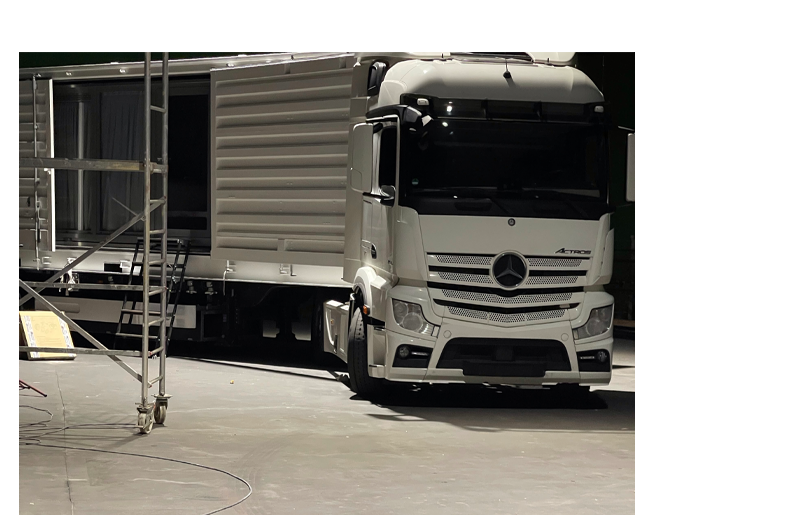
The hermitainer as a mobile home
This container home rests on a semitrailer by Pielton, with three axles and disk brakes, and is towed by a Mercedes Actros truck.
In this configuration, the HERMITAINER is presented as a mobile home for street transport. The container home can also be placed directly onto the ground or, for example, on a floating platform.
The convoy receives its final paint job here, ensuring that the truck, the container, and the trailer blinds all have the same color.
08.
Potsdam
Ibiza
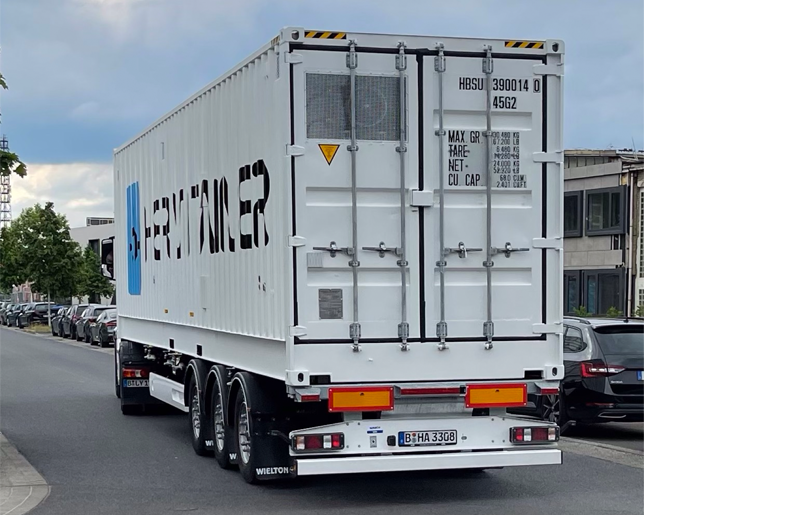
From Potsdam to Ibiza
For its first deployment, the mobile home will be transported from Potsdam to Ibiza, a road journey of 48 hours. It will pass through the countryside, taking the German and French highways to reach Barcelona, Spain.
Upon arrival in Barcelona, the mobile home will be loaded onto a ferry to Ibiza, finally reaching the port of Ibiza after 62 hours in total.
64 hours after departing from Potsdam, the HERMITAINER has arrived at its new location in Cala Bassa in Ibiza. Before it can be put into operation, the disconnected trailer needs to be leveled and stabilized. This process takes about an hour, depending on the terrain.
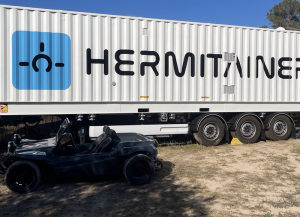
To activate the HERMITAINER, two men/women are needed to assemble and secure the stored support beams.
Afterwards, the slide-out can be extended using a power drill and is secured with screws .
Now the home energy system can be activated and the living space can be prepared.
It takes approximately 1-2 hours before you can occupy the HERMITAINER like a hotel suite.
09.
technology
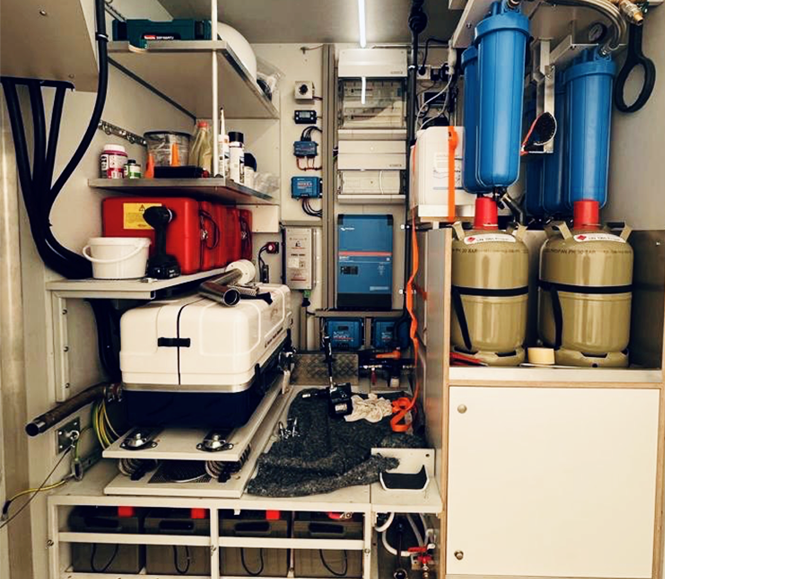
Sophisticated home technology
The container home technology is designed similar to technologies used in camping vehicles and boats.
The energy and power supply is ensured through solar panels on the slide-out, with a maximum hourly output of 1.8 kW. A power bank with a 12 kWh battery storage capacity is used for energy storage. In case the batteries cannot be charged through solar energy sufficiently, a backup generator will automatically turn on. This 5 kW diesel backup generator from Fisher Panda is designed for marine use and has been converted to work with a cooling system similar to a car. It is rarely used, but thanks to a thorough sound insulation, the power unit is hardly noticeable inside the home while in operation.
The 220V power supply of the container home is designed to meet the needs of a European hotel suite.
The heating and hot water supply is ensured by a Truma heating system, which can run on either electricity or gas. In addition, hot water supply for the bathroom is supported by a gas-powered boiler. The engine room can store four 10kg gas bottles, ensuring independent operation for 4-8 weeks during a European summer.
The fresh water supply can operate independently from external water supply for 4-8 weeks as well. The grey water is continuously circulated and purified through a filter column and ionization process before being pumped back into the 400 liter fresh water tank.
The system is designed to supply water for a bathtub, a shower, a sink, a kitchen sink, and a dishwasher.
